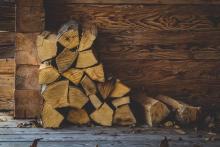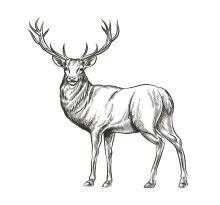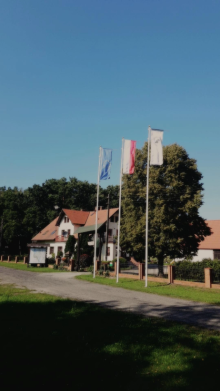 Asset Publisher
Asset Publisher
Polish hit
Polish products made of wood – furniture, window and door frames, yachts or paper and packages – these are real hits of the market.
Our country is the is the 10 largest producer of furniture and the 4 largest furniture exporter in the world. Wood industry sells abroad goods of its approximate value of 45 million zl annually, what constitutes 10 % of the whole Polish export. The measurement of the essential role of forestry and timber based sector in our management is that, it works out about 2 % of GDP (Gross Domestic Product). Not only it gives work to thousands of people, but it is also an engine of investment and of development of innovative technologies. From the beginning of transformation, it drew foreign capital of its value over 30 million zl.
Forest gives work
The State Forests belong to the leading group of employers in Poland. However, both forest and timber provide for workers with several thousand of Forestry Services Companies, which within the contract of mandate deal with, among others, planting trees and their nursing, wood logging and its transportation. And above all cooperate with people employed in several dozen thousand of companies creating wood and furniture industry and paper manufacture. Summing up, it gives as many as 375 thousand of Poles altogether. Statistically, every hundred inhabitant of our country works in the sector connected with forestry and wood processing.
Among private companies of forestry and timber based sector, there are also big companies with the share of foreign capital , and big and medium sized indigenous companies, but 9 of 10 companies in this sector are small plants employing less than 10 people. These are often family companies, cultivating multigenerational traditions connected with forestry and working in less developed regions of the country. There, forestry and wood industry, as well as agriculture constitute the basis of maintaining hundred thousand of families. As many as 600 % of all working places in the forest and wood based sector are located within rural areas.
Forest and wood based sector works out about 2 % of Polish GDP (Gross Domestic Product).
- 2 % of Polish GDP works out forest and wood based sector .
- Poland takes 4 place as the largest furniture exporter and 10 place as the largest producer of furniture.
- 50 % of paper and 9 of 10 pieces of furniture produced in Poland is exported abroad
- The value of annual export of Polish goods of wood and furniture industry and paper manufacture equals 45 billion zl (it is 10 % of the whole export).
- 30 billion zl , as direct foreign investments, have been drown since 1990 by Polish wood based sector (5,5 % of all).
- 100 kg of paper is used annually by statistic Pole (an average of UE is 160 kg, for USA – 230 kg).
Source: E. Ratajczak „Potencjał gospodarczy przemysłów opartych na drewnie i perspektywy ich rozwoju (Economic performance of wood – based industries and perspectives of their development)", GUS, Warszawa 2012.
 Asset Publisher
Asset Publisher
Wyzwania naszych lasów – korniki
Wyzwania naszych lasów – korniki
Zagrożenia dla środowiska przyrodniczego dzielimy na trzy grupy:
- Zagrożenia abiotyczne, czyli zagrożenia związane z warunkami klimatycznymi np. susza, wiatr, okiść.
- Zagrożenia antropogeniczne, czyli działania człowieka mające negatywny wpływ na środowisko np. emisja zanieczyszczeń, zaśmiecanie lasu, nadmierna eksploracja terenu leśnego.
- Zagrożenia biotyczne to takie, które są spowodowane działaniem organizmów żywych na drzewostany np. zgryzanie młodych drzewek przez jeleniowate, choroby grzybowe drzew oraz żerowanie szkodników owadzich na drzewach.
W naszym Nadleśnictwie szkodnikami wtórnymi, które zagrażają lasom są m.in. kornik drukarz Ips typographus oraz kornik ostrozębny Ips acuminatus (Gyll.).
Kornik ostrozębny występuje na sośnie, natomiast kornik drukarz głownie na świerku. Są to chrząszcze żerujące na osłabionych drzewach, lecz w czasie gradacji (masowy przyrost liczebności) kornik drukarz atakuje także zdrowe i nieosłabione drzewa, dlatego tak ważnym jest jej zapobieganie. Na dwudziestometrowym świerku może być nawet 100 000 chrząszczy kornika drukarza. Masowe pojawienie się kornika może skutkować wyginięciem całego lasu.
Metodą zapobiegającą powyższemu zagrożeniu jest wywieszanie pułapek feromonowych mających za zadanie wyłapać korniki wychodzące ze ściółki po zimowaniu.
Kolejną metodą jest także wycinka drzew już zaatakowanych i jak najszybszym wywiezieniu ich z lasu. Z tego względu można zaobserwować pojawiające się w drzewostanach luki, czy zręby, na których przeprowadzane są cięcia sanitarne.
Leśnictwami na naszym terenie, które w ostatnim czasie musiały stoczyć walkę z kornikiem są m.in. Rurzyca, Cisewo, Strumiany, Zabrodzie, czy Bącznik.


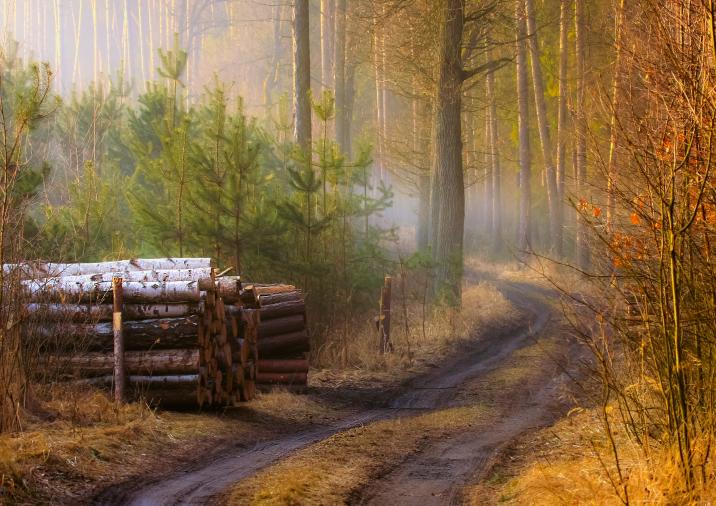
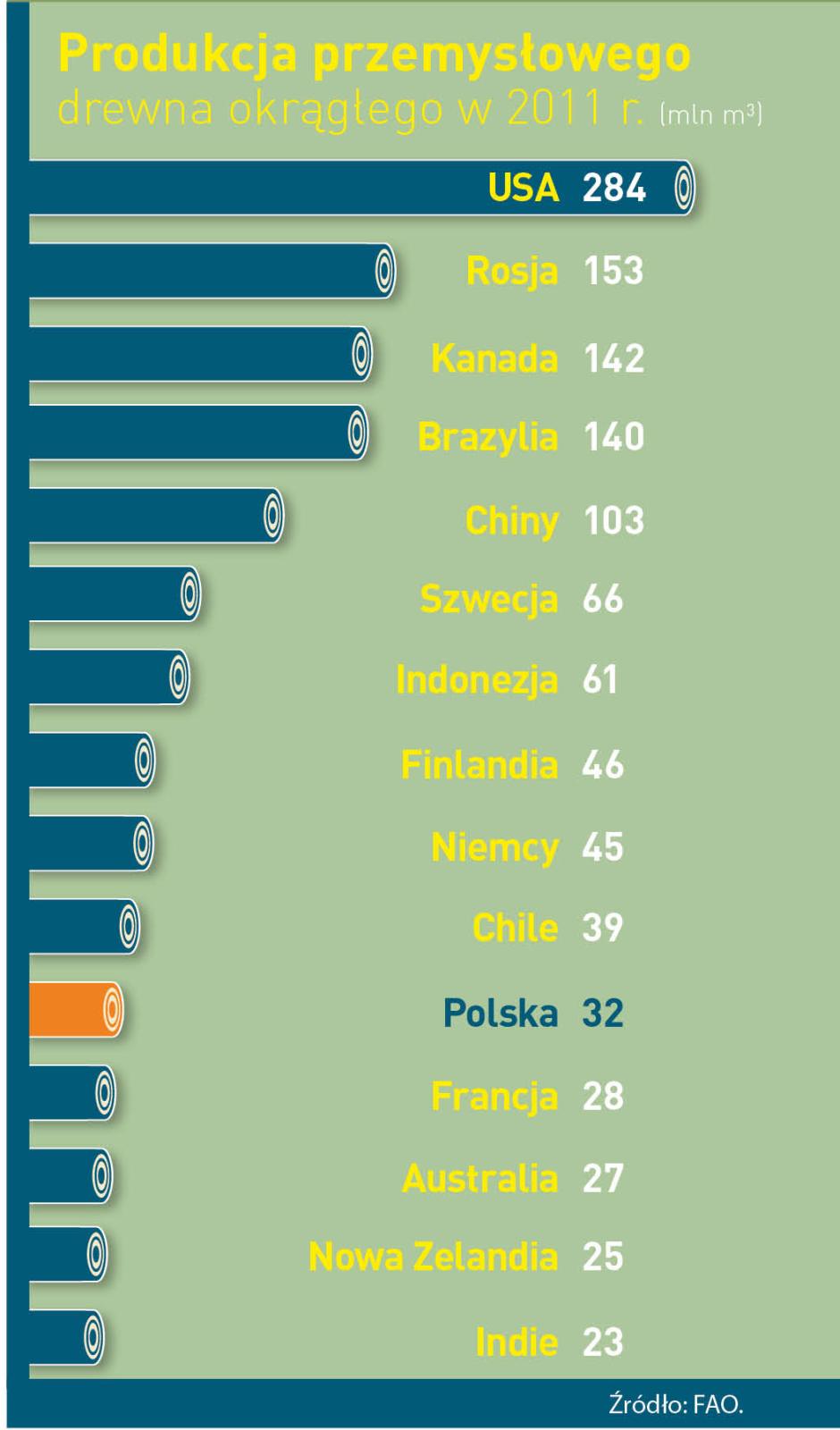

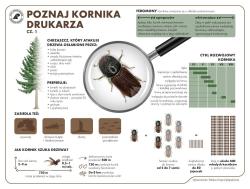 Kornik drukarz
Kornik drukarz
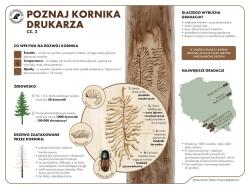 Kornik drukarz
Kornik drukarz
 Kornik ostrozębny
Kornik ostrozębny
